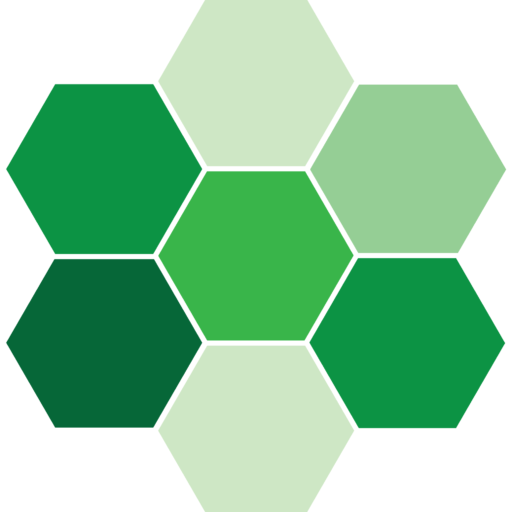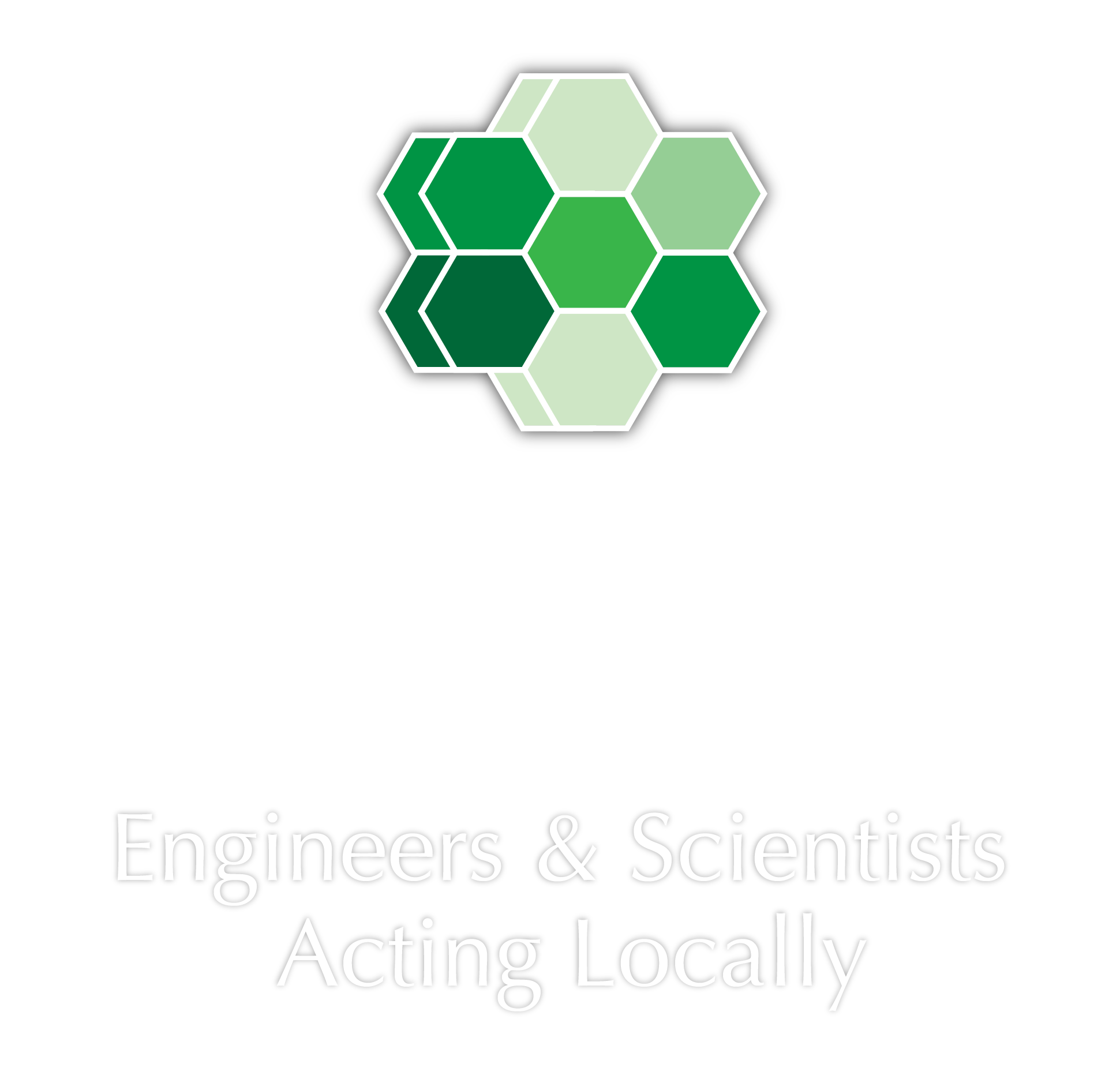Robert G. Kennedy III, PE, has long viewed civic engagement and technical expertise as balanced components in a well-rounded career. Since 2008, he has served on the Environmental Quality Advisory Board for Oak Ridge, Tennessee and is currently the board’s chair.


